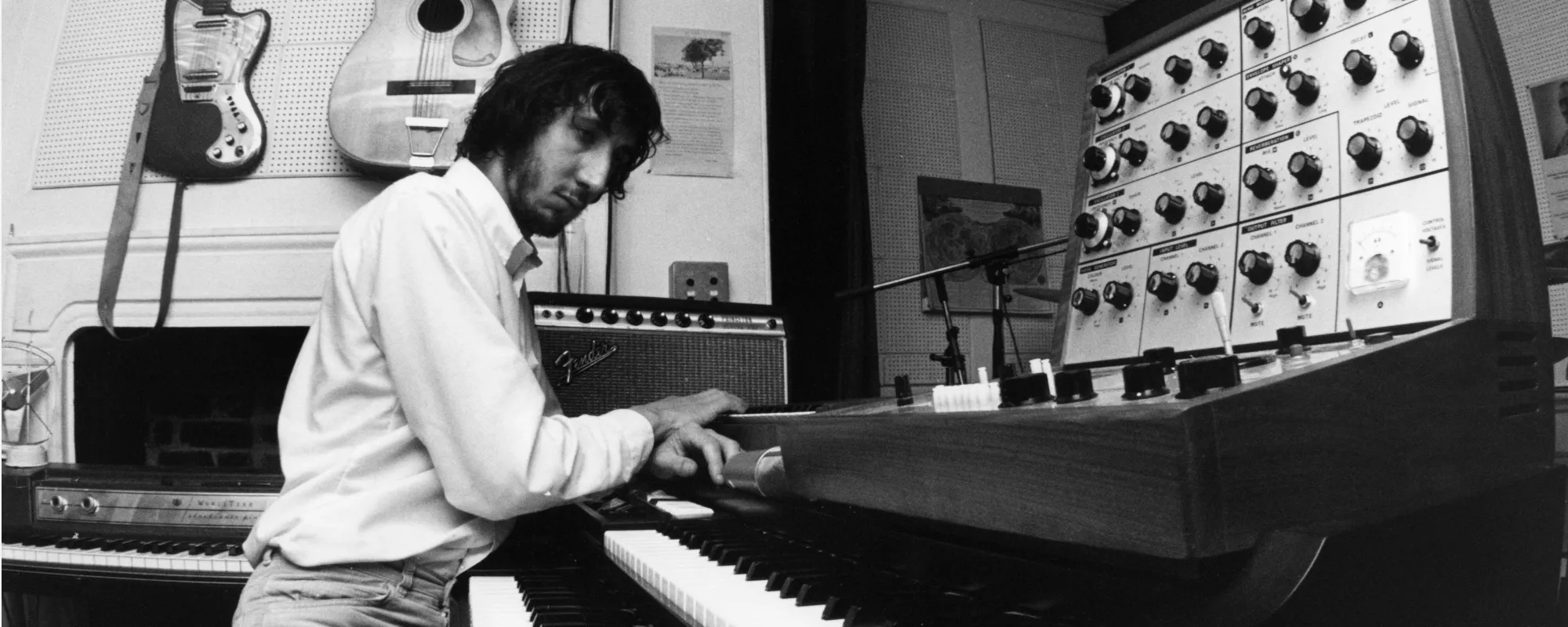“Up on the Roof”
Videos by American Songwriter
Written by Gerry Goffin and Carole King
Early Tin Pan Alley songwriters, those who honed their craft during popular music’s gestational years of 1890 to 1910, delighted in themes of escape. “Meet Me To-night in Dreamland,” “Under the Bamboo Tree,” “Come, Josephine, in My Flying Machine,” and other hits of the era whisked listeners into a magical world removed from the day-to-day stresses of urban life.
By the 1960s, decades after Tin Pan Alley had moved from its original location on Manhattan’s West 28th Street and become a catchphrase for the popular music industry as a whole, writers such as the stellar team of Carole King and Gerry Goffin were mining the same escapist concepts, but updating them with a hint of postwar anxiety.
“Up on the Roof,” a hit for the Drifters in 1962, remains one of the most enduring songs of the latter-day Tin Pan Alley period (when writers labored at the Brill Building and other sites along Broadway), if only for its lushness of melody and lyrical sophistication. “At night the stars put on a show for free,” lead singer Rudy Lewis intones, with a sweeping romanticism that underscores the poetry of the words, “and darling, you can share it all with me.” The lyrics come on like an invitation, in subtle acknowledgment of the longstanding Tin Pan Alley goal of reaching the widest range of listeners possible: “There’s room enough for two, up on the roof.” A lilting string section and dreamily Latin-sounding percussion underscore the melody and render it even more distinctive. In a manner similar to that of the first Tin Pan Alley writers, Goffin and King honor the tradition of quick recognition through tunefulness: hit songs, during the Brill Building era, needed to be heard just once to be remembered.
But “Up on the Roof” also evinces a quiet sense of sadness, an urban dissatisfaction that moves beyond anything conceived by the rose-spectacled Tin Pan Alley writers of the early 20th century. Inspired, perhaps, by the realism of works such as Rebel Without a Cause and West Side Story, King and Goffin view modern Gotham as a place of chaos and potential strife: “people are just too much for me to face…I get away from the hustling crowd.” For these city dwellers, escape is not just a goal but a necessity. The difference—from the perspective of songwriting technique—is that listeners are allowed to visualize the beauty of the flight “to the top of the stairs” along with the reasons for making it.
Still, the song’s realism extends only so far. As anyone who has read about the history of early 1960s pop knows, the demimonde of the Brill Building, 1650 Broadway, and other music industry haunts near Times Square was a shady place replete with mob-run distributors, thuggish managers, deceptive artists’ contracts and predatory behavior. In keeping with Tin Pan Alley tradition, “Up on the Roof’s” picturesque loveliness serves to mask the tough realities of the place in which it was created. This toughness can be detected in the career of the Drifters, a group with no shortage of internal tumult over the course of its long history. In a 1972 piece for Newsday, rock critic Robert Christgau recalled how manager and onetime jazz trumpeter George Treadwell “fired an entire quartet of Drifters” (the original 1950s Drifters, with Clyde McPhatter on lead) and hired a new group, “paying them seventy-five dollars a week.” The “new” Drifters, as they would come to be known, had their own troubles. Ben E. King, lead vocalist on 1959’s breakthrough “There Goes My Baby,” defected in order to go solo in 1960. King’s replacement, Rudy Lewis, whose lustrous voice graced not just “Up on the Roof” but also “On Broadway” and “Some Kind of Wonderful,” was found dead in his hotel room (reportedly with a needle in his arm), the night before he was scheduled to record what would become another big hit, “Under the Boardwalk.” Johnny Moore, singing in Lewis’ key, took over the lead part; he would remain with different incarnations of the group until his death in 1998.
Despite evincing signs of a new lyrical maturity, Brill Building songwriters subscribed to the doctrine outlined so plaintively by Lewis, when he attested to the roof as a place “where you just have to wish to make it so.” Hard, unsparing reality could be saved for Bob Dylan and the new generation of singer/songwriters who arrived in his wake. Tin Pan Alley and Brill Building writers, perhaps in defense against the brutal world they encountered every day, were happy to remain in a world of fantasy.











Leave a Reply
Only members can comment. Become a member. Already a member? Log in.